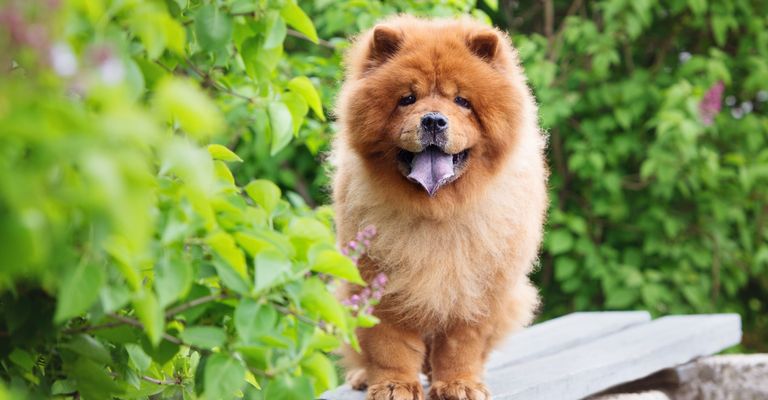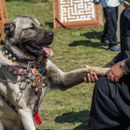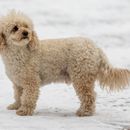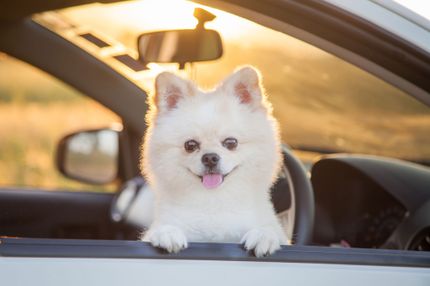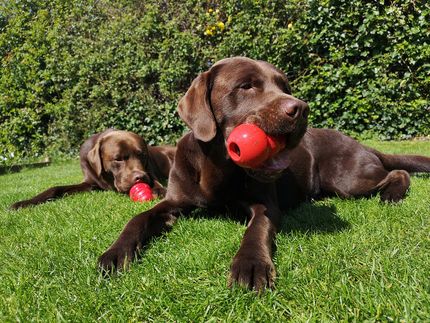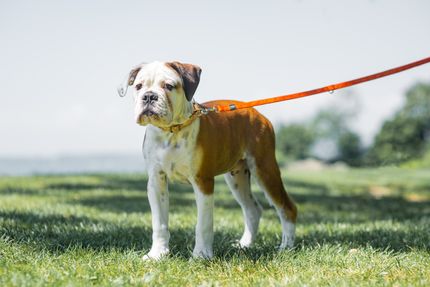How does the blue tongue in dogs come about?
Legends say that at the creation of the world, parts of the blue firmament fell to earth when the stars were fixed in the sky. When the "puffed up lion dog" licked them up, the firmament colored his tongue.
Another legend describes the Hek she as a dragon dog that loved the day so much that it licked the night sky to dispel its darkness forever. In this legend, the blue tongue is a punishment from the gods that should not let him forget his deed.
However, how it actually comes to the development of the blue tongue in some dog breeds is not yet conclusively clarified. There are theories that a genetic change, an increased melanin production or a decreased tyrosine production cause the skin discoloration. Other experts suspect a connection with weaknesses in blood circulation or regulation of body temperature.
Are you looking for something special and do you love dogs? Then you've come to the right place. Officially, there are only three dog breeds in which a blue tongue is not a cause for alarm, but a special breed characteristic:
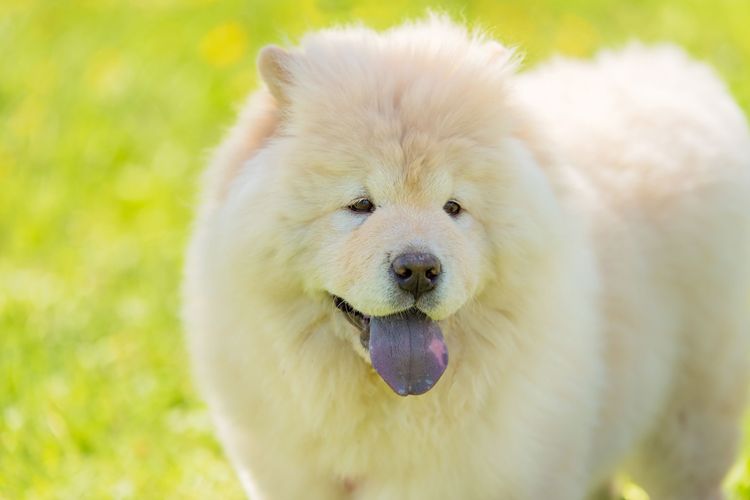
Why does a Chow Chow have a blue tongue?
With a shoulder height of up to 56 cm and its dense medium-length coat, the "puffed-up lion dog", as its name translates from Chinese, lives up to its name. It is one of the oldest dog breeds in the world and is said to have been kept as an imperial dog as early as 220 BC. It is considered the original breed with a blue tongue and is sometimes named after it - Hek she (engl. blue tongue).
This breed is not suitable for beginners, as it is very stubborn. This dog wants a quiet retreat, but also enough exercise.
The Chow-Chow is a dog breed known for its characteristic blue or bluish-black tongue. The exact cause of the blue tongue in the Chow-Chow is not fully understood, but there are a few theories about it.
One theory is that the blue color of the Chow-Chow tongue is due to the presence of pigments called melanin. Melanin is a pigment responsible for skin, hair and eye color. In dogs with blue tongues, melanin could accumulate in higher concentrations in the tongue, leading to their unusual color.
Another theory is that the Chow-Chow's blue tongue is due to a genetic link to other Asian dog breeds. It is believed that the Chow-Chow shares a common ancestor with breeds such as the Shar-Pei, which also have blue tongues. It is possible that these breeds share similar genetic traits that lead to the blue tongue color.
It is important to note that the blue tongue of the Chow-Chow does not affect the health or behavior of the dog. It is merely an interesting genetic feature that occurs in this particular breed. If you have any questions about your Chow Chow's health, it is always advisable to consult a veterinarian.
Shar-Pei - the dog with the blue tongue
The Shar-Pei is a breed of dog known for its characteristic blue or bluish-black tongue. However, there is no definitive scientific explanation as to why the Shar-Pei has this particular tongue color. It is a genetic trait that is specific to this breed.
One theory is that the blue tongue may be due to an excessive accumulation of pigment called melanin. Melanin is the same pigment responsible for skin, hair and eye color. In dogs with blue tongues, it could be that melanin is accumulating in higher concentrations in the tongue, leading to their unusual color.
It is also possible that the Shar-Pei's blue tongue is due to a genetic link to other Asian dog breeds. Some other dog breeds, such as the Chow-Chow, also have a bluish tongue. It is believed that these breeds share a common ancestor and therefore have similar genetic characteristics.
It is important to note that the color of the tongue does not affect the health or behavior of the dog. It is just an interesting genetic feature that occurs in certain dog breeds.
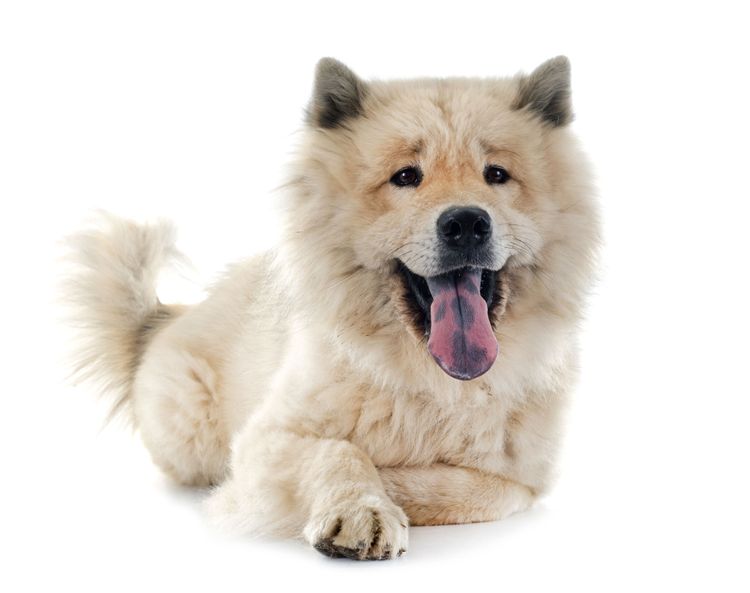
Eurasier: A popular dog with a blue tongue
Eurasier is a medium-sized dog breed with a charming and balanced nature. Originally bred in Germany, the Eurasier is characterized by its dense coat and elegant appearance.
An interesting feature of the Eurasier is its blue or blue-black tongue. Similar to other dog breeds such as the Chow-Chow and the Shar-Pei, the Eurasier's blue tongue is attributed to the presence of pigment called melanin. This pigment gives the tongue an unusual color and is a characteristic feature of this breed.
The Eurasier is known for its affectionate and family-oriented nature. He is intelligent, gentle and good-natured. Eurasiers are generally well-adjusted dogs that enjoy spending time with their owners and respond well to social interactions.
Although the Eurasier's blue tongue is an interesting genetic feature, it has no effect on the dog's health or behavior. The Eurasier is a wonderful choice for dog lovers looking for a loyal and friendly companion.
And if the blue tongue has nothing to do with the breed?
If your dog has a blue tongue, but it has nothing to do with his breed, the blue tongue is a sign of undersupply of oxygen to the mucous membranes. It indicates diseases such as severe overexertion, circulatory shock or even heart and lung diseases.
